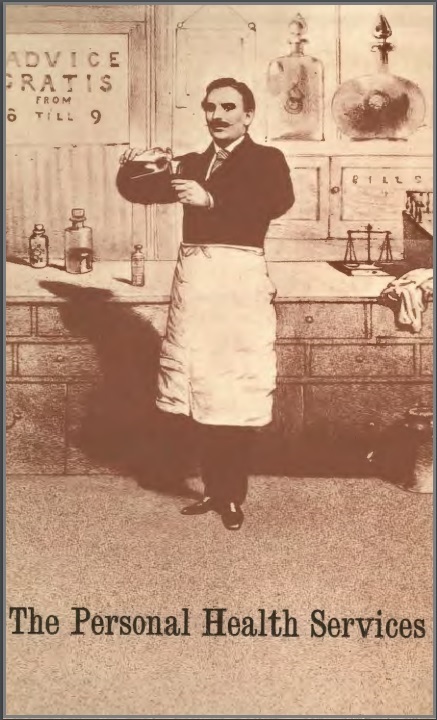Sign up to our newsletter Subscribe
Challenges and Solutions for Budget Impact Analysis of Gene Therapies

Behind the planning of the National Health Service lay the proposition that everyone should be entitled to the services of a personal physician. For the first time a scheme of publicly provided medical care embodied this concept.
The general practitioner is responsible for…
Behind the planning of the National Health Service lay the proposition that everyone should be entitled to the services of a personal physician. For the first time a scheme of publicly provided medical care embodied this concept.
The general practitioner is responsible for all aspects of the medical care of his patients, treating them as people rather than as cases. His function is to co-ordinate his own services with those of others, calling upon them as he interprets his patients’ needs.
The National Health Service is organised in three parts: the Hospital and Specialist Services, administered in the main by 15 Regional Hospital Boards in England and Wales; the General Medical, Dental, Pharmaceutical and Supplementary Ophthalmic Services, which are the concern of 138 Executive Councils; and the Local Health Authority Services which are provided by 146 Local Health Authorities. The General Medical Service, providing personal medical care for the individual, has a central position in this structure.
The work and the development of the General Medical and the Pharmaceutical Services are closely related. The foundation of the National Health Service coincided with a period which saw great advances in medicine, which have profoundly affected the work of the general practitioner. This change is important when evaluating expenditure on the services and for the attempt to assess the trends which may affect the future shape of general practice.
There are 20,325 general practitioners operating in about 11,100 practices in England and Wales and approximately 15,800 chemist’s shops dispensing 196m. prescriptions on 136m. separate forms (1962). The size of a general practitioner’s list averages 2,300 patients, and he may see as many as 1,500 in any one year, many on several occasions. The number of patients seen on a full working day averages 32—about 22 in the surgery and ten at home. This gives a national total of 650,000 patients seen per full working day, with 200,000 visits to patients’ homes. The combined cost of the General Medical and the Pharmaceutical Services works out at just over 2¼d a day per head of the population (1961).
This study is an attempt to put the costs of these service in to perspective and to discuss some of their underlying trends. It does not attempt to discuss in detail the structure or the special problems of these services, nor to describe the highly complex mechanisms used to determine the amounts spent. It aims to present a picture in broad outline.
The General Medical or general practitioners’ service and the Pharmaceutical Services account for the major part of Executive Councils’ expenditure. The general practitioner receives his income from the Councils largely according to the number of patients he has on his lists—a capitation fee. Dispensing chemists are reimbursed according to the ingredient cost of the drugs plus a fee for dispensing. Payment for the other services of the Executive Councils, the Dental and Ophthalmic services, are based on a predetermined scale of costs for specific treatments. Of all the Executive Councils services, only the general practitioner is paid on a capitation basis and not according to the amount of work done.
Personal Health Services: A Perspective of the General Medical & the Pharmaceutical Services
